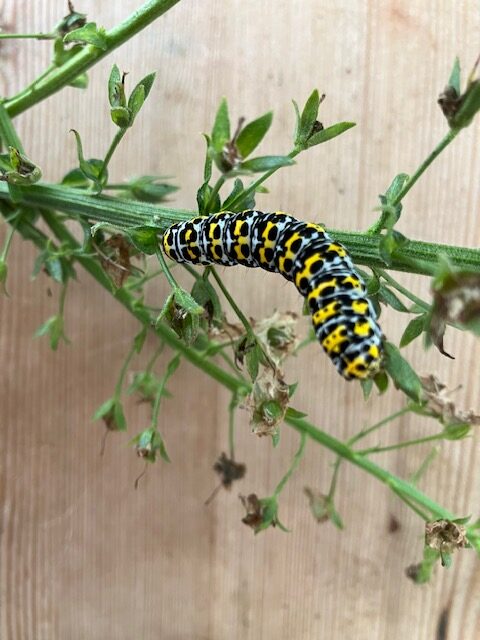Migrants
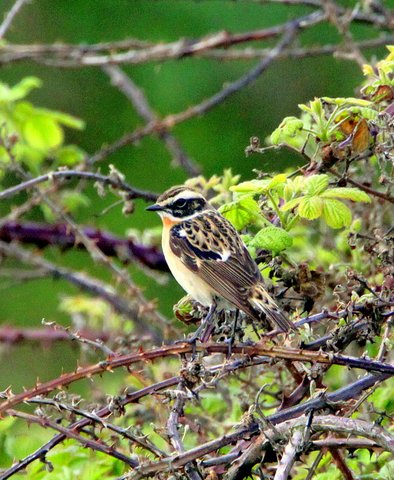

Grass starts growing again at about 10°C (50°F) and you can track the movement of that isotherm across Europe from the Mediterranean to the Arctic, a green wave travelling north at about fifty kilometres a day, bringing with it a new season of light, warmth and growth – and a feeling of renewal. Surfing that green wave are our migrant birds, and none bears a greater freight of these associations than the swallow and the swift, arriving here from southern Africa, respectively in mid-April and in early May. I eagerly look out for them at their due dates every year, usually returning faithfully to exactly the same place at the same time. And I get a fizzing shot of adrenaline when I first see and hear them back again. I’m not alone. These two species have been among our traditional spring and summer markers for centuries, welcomed back each year with relief, as the poet Ted Hughes put it, ‘that the globe’s still working’.
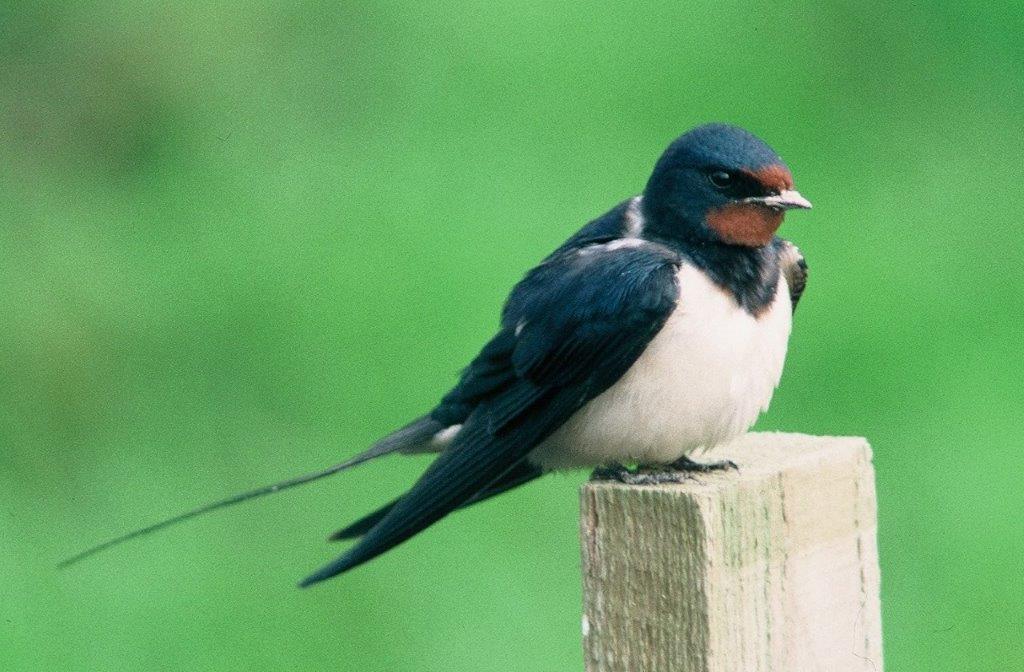
Swallows and swifts were the favourite birds of the eighteenth-century naturalist Gilbert White, who inspired a new tradition in nature writing in Britain. White was an obscure country curate who lived all his life in the same house in the equally obscure village of Selborne in Hampshire (population about the same as Hollesley). But his account of the daily changes to nature in his village through the seasons, The Natural History of Selborne (1789), became one of the most widely-read books in the English language, still in print today in multiple editions. Its attraction was precisely its parochial focus, stressing the richness of the local, the particular and the familiar – or at least what you thought was familiar until you really looked at it. He urged the importance of deepening one’s knowledge instead of just extending it: ‘Men that only undertake one district are much more likely to advance natural knowledge than those that grasp at more than they can possibly be acquainted with.’ Not in favour of eco-tourism, then!
White was an amateur in its literal sense and he touched a chord with thousands of ordinary people. He also attracted the admiration of such different figures as Charles Darwin, John Constable, William Wordsworth, George Eliot and Virginia Woolf, all of whom remark on the book’sapparently artless simplicity and charm. White had effectively invented a new literary genre and so became the patron saint of today’s many nature diarists. He also kept a daily journal and one of his most striking diary entries is an ecstatic two-word exclamation on 13 April 1768, greeting the first returning swallow to Selborne by its then scientific name:
‘Hirundo domestica !!!‘ (his exclamation marks).
Jeremy Mynott
April 2025
A video made by drone of the recent works digging channels and scrapes for the Shingle Marsh wilding project. Many thanks to Craig who shot the video.
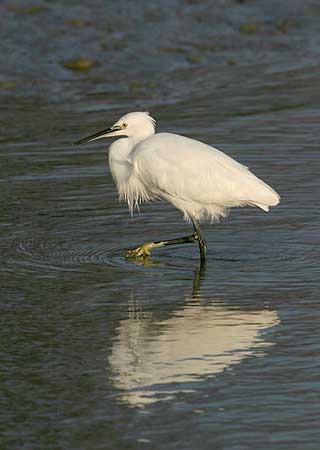
Here’s a little quiz question. Which famous Martha died in September 1914? One clue: she was called Martha after George Washington’s wife. Here’s another: fifty years before her death there were 10 billion others like her. Final clue: she was the last of her kind. Answer: Martha was the last ever Passenger Pigeon, once the most numerous bird on earth, and she died at 12 noon on 1 September 1914 in the Cincinnati Zoo, Ohio. It’s the best-recorded extinction in history, and perhaps the most extraordinary. Up to the mid-nineteenth century huge flocks of these birds darkened the skies of America. We hear of one in 1813 so vast that it spread from horizon to horizon and took three days to pass over. Yet in a few decades the bird was no more. What could have happened?
The main cause was simple in fact. The immigrants from Europe had poured into America and spread west, dispossessing the native Indians, clearing the land and destroying the forests as they went. The pigeons were wholly dependent on these forests for food and nesting sites. They were also easy to hunt and their flesh was both a staple diet for the settlers and a valuable export, so they were slaughtered on an industrial scale. In the killing season extra trains were put on to convey thousands of barrels of pigeon bodies east to cities like Chicago, Philadelphia, New York and Boston.
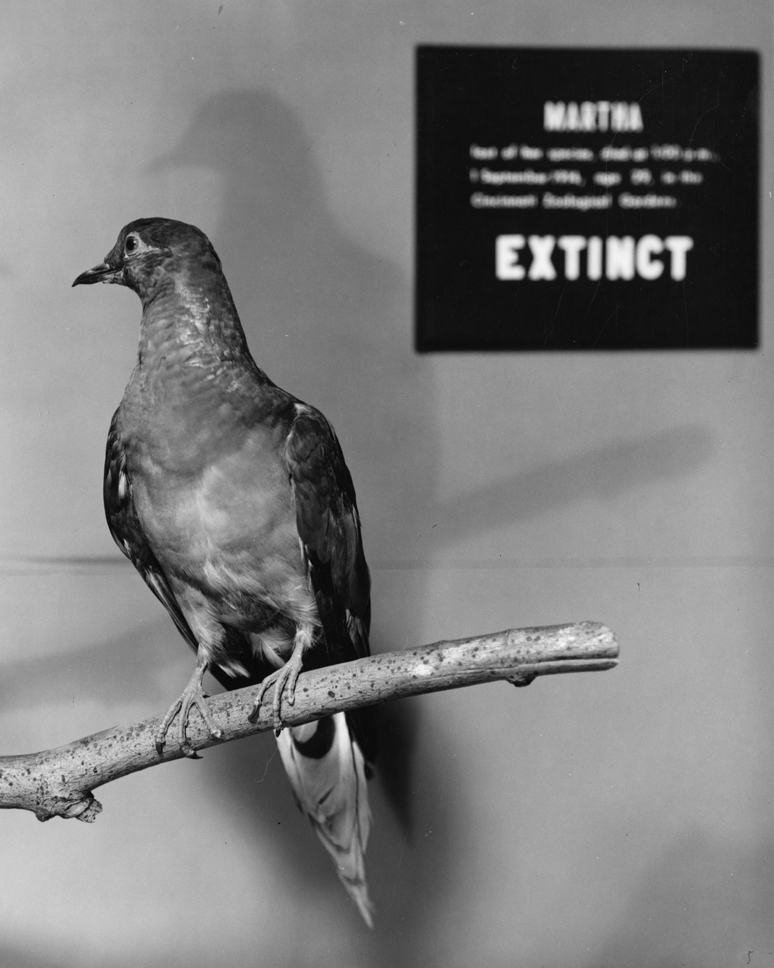
The name ‘passenger pigeon’ isn’t a macabre reference to these train journeys, but probably derives from the French pigeon de passage or some equivalent Indian name. This was a permanently mobile species, moving on restlessly until they literally ran out of forest. It should really have been called the ‘wandering pigeon’ or ‘peregrine pigeon’.
This isn’t the only extinction of a charismatic bird, of course. Think of the great auk, last recorded in Britain in St Kilda in 1840 and killed by fishermen who were terrified by its unearthly shrieking and clubbed it to death, thinking it a witch. Or the dodo, which has entered our language as the very symbol of extinction, ‘dead as a dodo’. That was a sort of giant pigeon, too, in fact. The last of them died in 1662 in Mauritius – a fat, clumsy and trusting bird which was butchered by sailors grateful for an easy meal.
It couldn’t happen again, could it? But when did you last see or hear the British cousin of the passenger pigeon, the turtle dove? That used to be the soundtrack of summer with its gentle purring song. They were common here once, but I didn’t hear one anywhere this year, or last …
Jeremy Mynott
3 September 2024
Dinosaurs are wildly popular, especially with children. Think of all those films, books, cartoons and soft toys. Is it because they belong to a world long past, full of extraordinary creatures we shall never see again? At any rate, the attraction doesn’t seem to extend to their modern-day descendants in the same family – crocodiles, snakes, lizards and iguanas. ‘Ugh, reptiles – slithery, dangerous creatures, more horror film material than Disney!’ Well, that’s partly right since they are indeed slithery – the word ‘reptile’ means ‘creeping thing’ but in Britain, at least, only one of them (the adder) is at all poisonous, while the others are entirely benign and all of them are interesting.
We have six species of reptiles in this country – so there’s a quiz question, can you name all six? They comprise three snakes, two lizards and one other that looks somewhat like a snake but is actually a legless lizard – a slow worm. You can tell a slow worm from a snake since it has eyelids and can blink. It also has a much smoother skin, in which the scales are not overlapping and don’t feel rough to the touch. Finally, slow worms have no separate ‘neck’ so do indeed look like a very long worm.
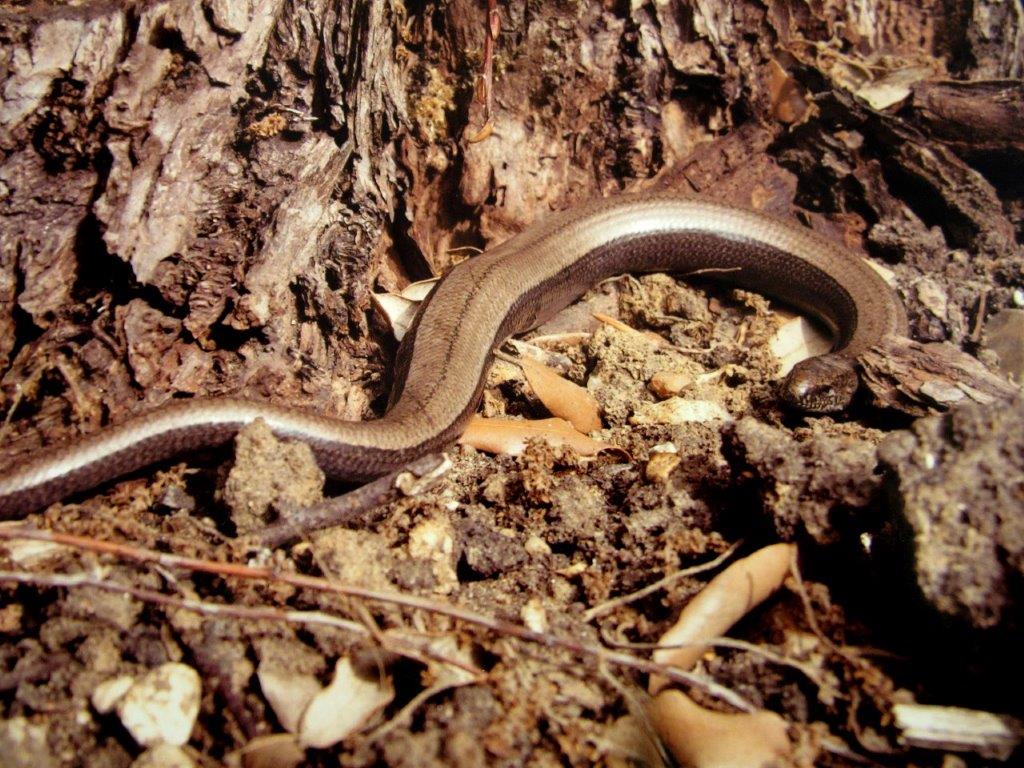
There have always been popular misconceptions about slow worms. Shakespeare usually gets his wildlife references right but in Macbeth he has the witches casting a ‘blind worm’s sting’ into their toxic brew, a double error since they are neither blind nor do they sting. They do have one unusual anatomical feature, however, which accounts for their scientific name fragilis. They have various natural enemies like hedgehogs, badgers, magpies and domestic cats and have evolved a trick whereby if the would-be predator grabs them by the tail they can detach these and leave their captors grasping just this bony appendage – still wriggling independently. If they survive all these hazards, slow worms can live to a great age – over 50 years has been recorded. They also enjoy an impressive sex life, in which a couple can be entwined together mating in leisurely fashion for some ten hours at a stretch, so to speak.
Slow worms used to be quite common round here, and were welcome garden visitors, feeding on slugs and snails and living unobtrusively in damp corners and under compost heaps, but their numbers have declined sharply in recent years. Help may be at hand, however. A local developer needs to relocate some from a building site before he can get permission to proceed and we’ve made a bid for them. So there could be some coming your way, slowly of course.
Jeremy Mynott
6th August 2024
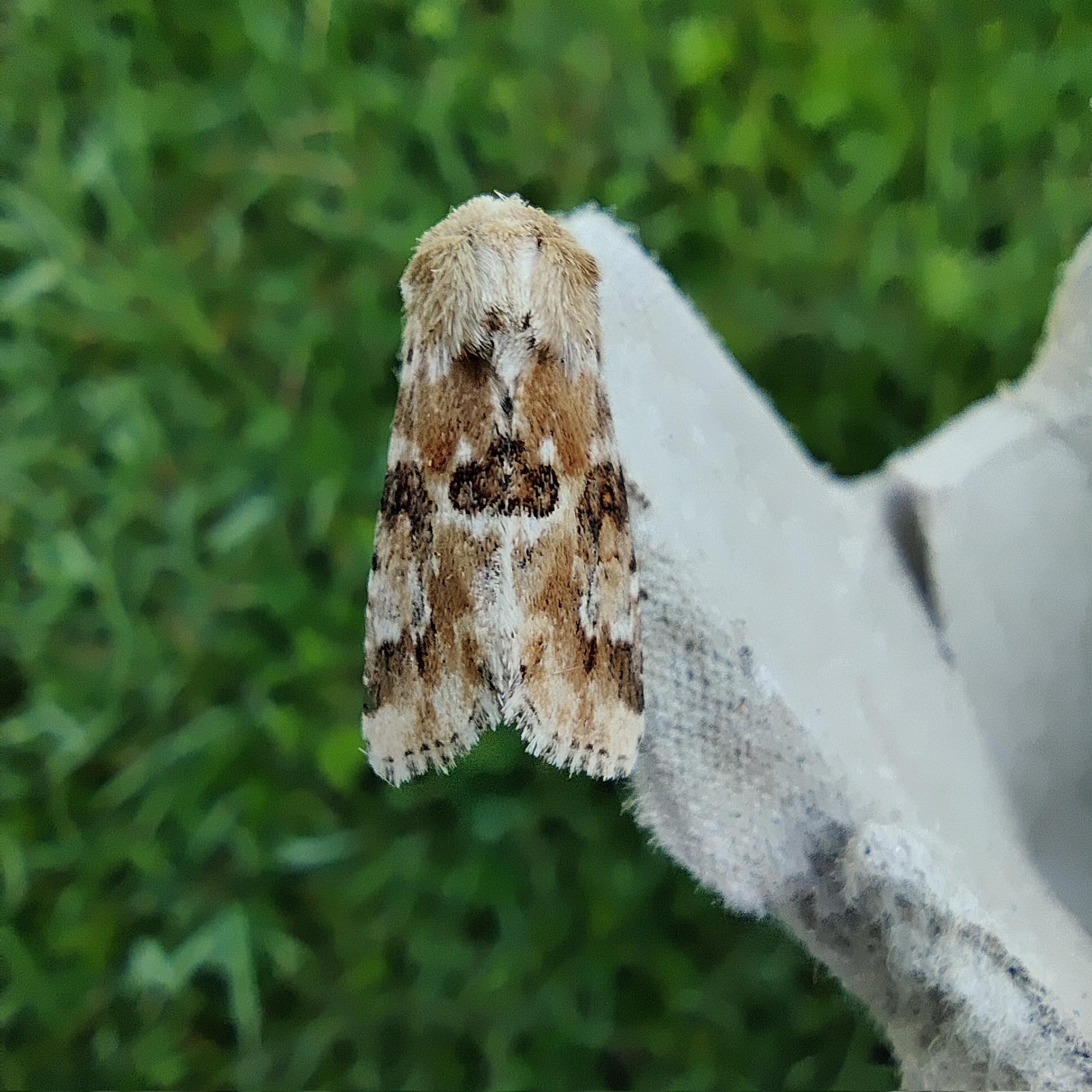
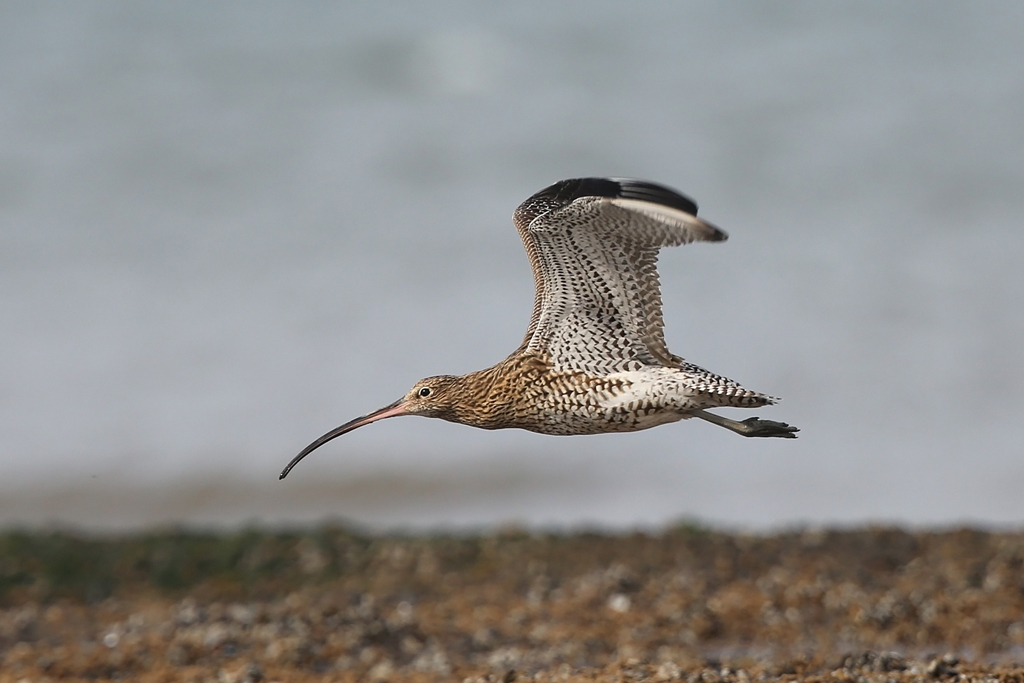
July is usually a quiet time for birds but it’s often the best month of the year to see butterflies, emerging to drink in nectar from the summer flowers. This year, however, we’ve had such disturbed weather with these heavy rains and squally winds that many things have been knocked out of kilter. Knocked out of the sky, too, in the case of butterflies, many of which are just venturing out for the first time in all their fragile beauty. Imagine how vulnerable they are if caught in a downpour, with huge raindrops exploding on and around them like shells. In fact, they dive for cover in a shower, just as we do. They usually hide under nature’s own umbrellas, clinging to the underside of leaves and using the clever waterproofing on their scales, like the overlapping tiles on a roof, to shed stray droplets from those delicate wings.
These scales are one of the distinguishing features of the larger grouping of both moths and butterflies called Lepidoptera, literally ‘winged with scales’. The thousands of scales on a butterfly’s wing are a wonderful piece of micro-engineering. They act as tiny reflectors, which bounce the light off to create those shining colours, and they are also subtly ridged to serve as gutters, funnelling moisture away to keep the insect dry.
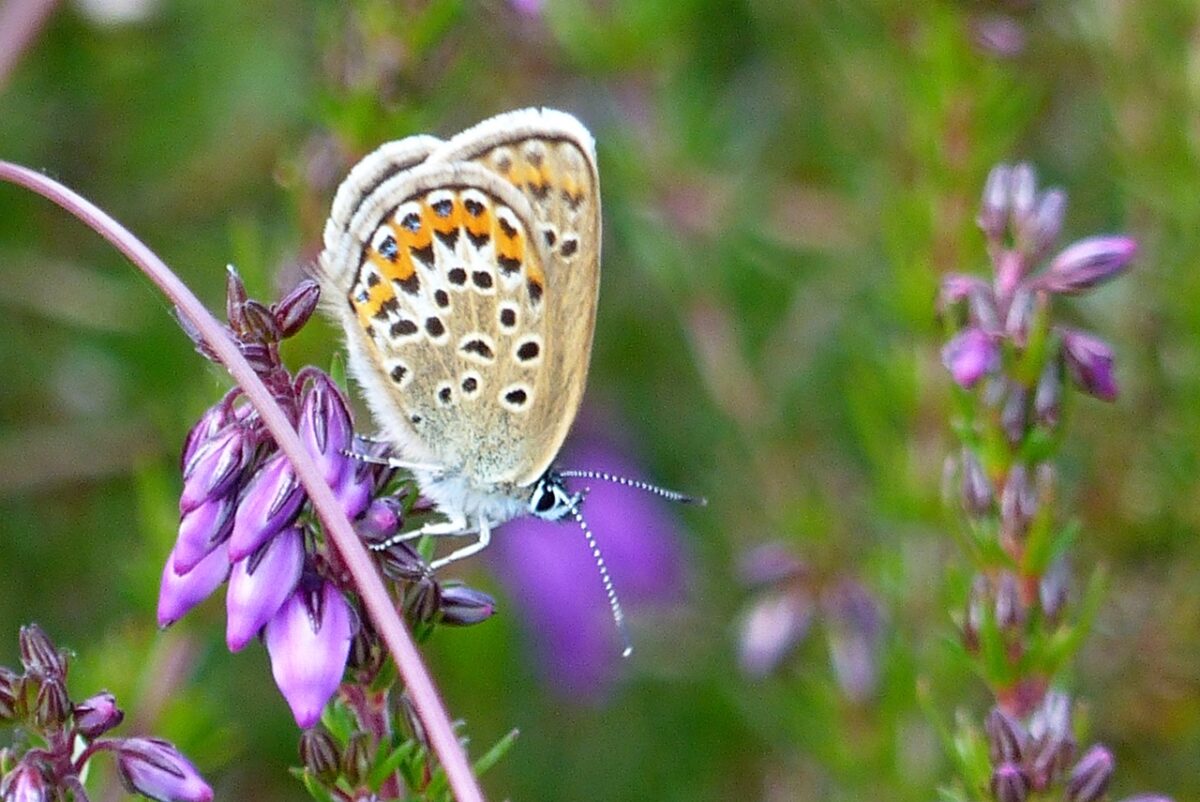
Butterflies have other ingenious survival tricks, too, and they need them. Suffolk has suffered terrible losses in its butterfly populations over the last century. The famous Suffolk entomologist, Claude Morley, writing in the 1920s, lamented even then that all we would soon see were ‘the plebs of the highways and hedges’, by which he meant the commoner kinds of whites, browns and blues. Since then many of these have gone from the county too, but one ‘pleb’ which is still just about surviving on Suffolk heathlands is Plebejus argus (‘small pleb with many eyes’), the silver-studded blue. This species has evolved a very clever alliance with ants. By day, the young caterpillars are shepherded to ant’s nests for protection from predators like birds, emerging at night to feed on the heathers. In return, the ants feast on the sugary secretions suppplied from glands on the caterpillars’ bodies. ‘Win-win’ – a happy symbiosis.
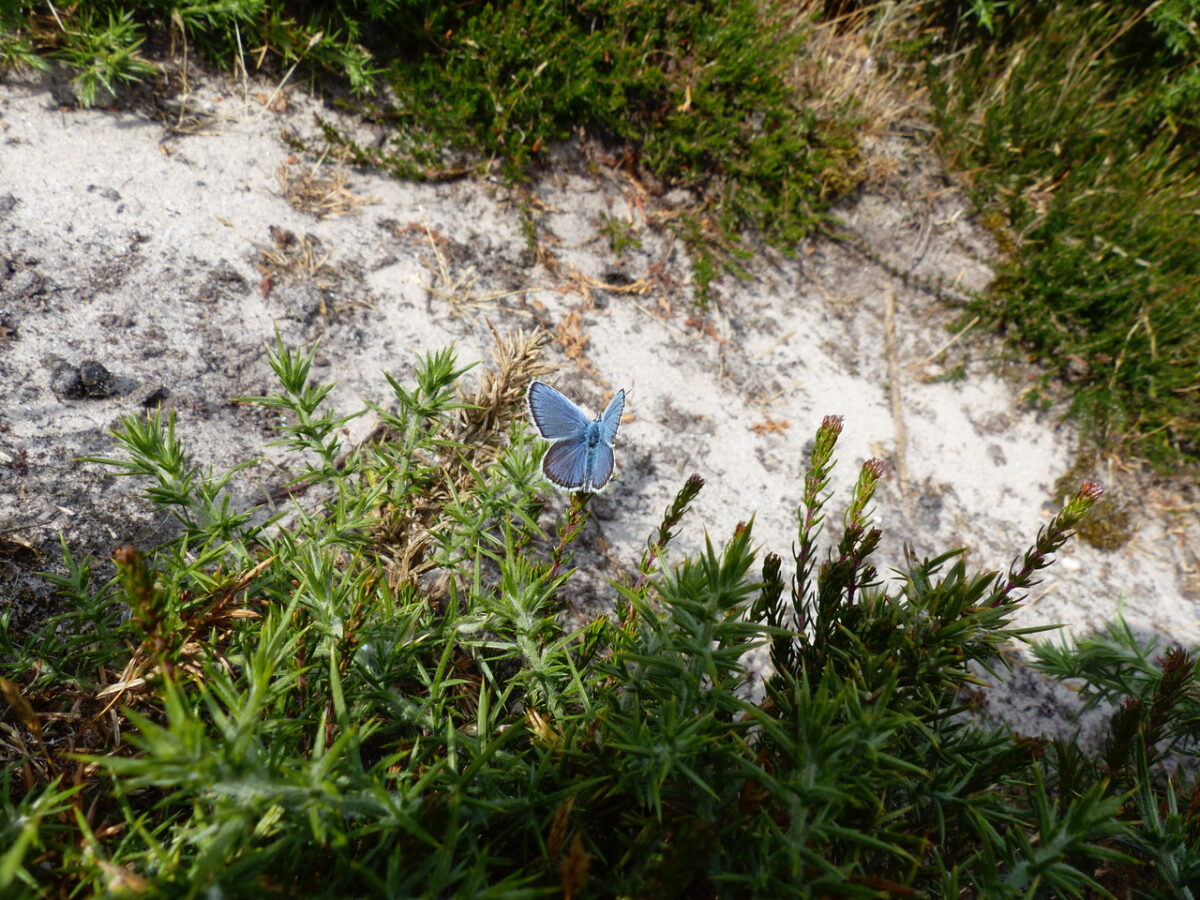
The silver-studded blue is so named from the brilliant pinheads of iridescent scales on the underside of its wings. I went to watch some of these little beauties recently on Hollesley Heath, fluttering about in a sunny spell. The spectacle lasted just an hour. The clouds closed in and the rains came again. But as the great Indian poet, Rabindranath Tagore noted, ‘The butterfly counts not in months but moments, and has time enough’.
Jeremy Mynott
8 July 2024
